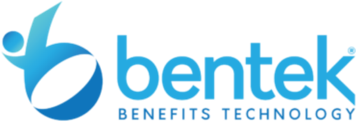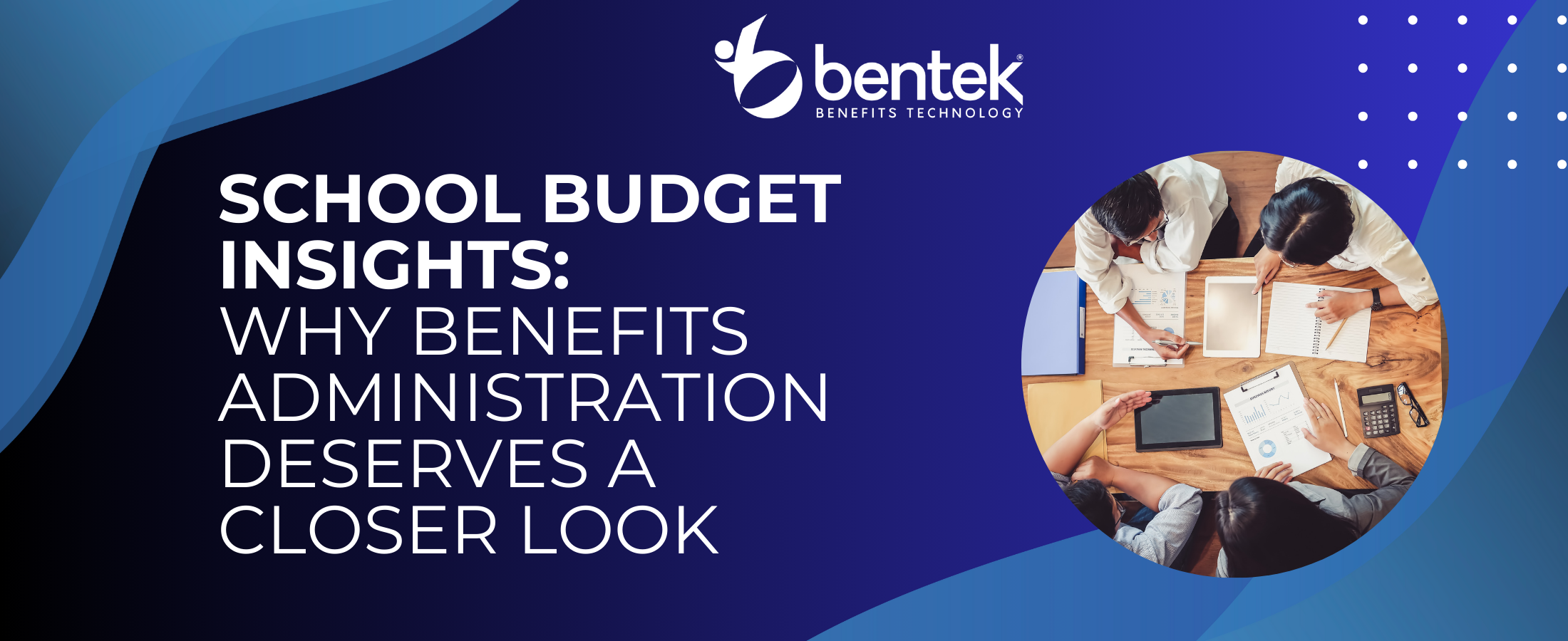Did you know that a staggering 80% of employees prefer enhanced benefits over a pay raise? However, confronted with an array of benefit options, many find themselves lost in a maze of choices, leading to frustration and disengagement. This predicament underscores the critical need for streamlined decision-making in benefits selection—a process pivotal to maximizing employee satisfaction and engagement. Enter the realm of employee benefits decision support tools: sophisticated platforms designed to demystify the benefits selection process.
Through benefit calculators for employees, plan comparison tools and self-service benefits portals, these resources empower individuals to make informed decisions tailored to their unique needs.
This article sets out to explore the transformative potential of decision support tools in the benefits landscape. It offers HR teams a roadmap to implementing these tools effectively, ensuring that employees not only understand their benefits but also value them. How can your organization leverage these tools to enhance benefits satisfaction and engagement?
Join us as we delve into practical strategies and best practices that promise to reshape the benefits experience for employees across the board.
Overview of Decision Support Tools for Employee Benefits
Benefit Calculators
Benefit calculators stand as a cornerstone of employee benefits decision tools. These sophisticated platforms enable employees to input personal and financial data to estimate healthcare costs, savings opportunities, and the coverage options best suited to their unique situations. For instance, an employee anticipating significant healthcare expenses in the upcoming year can use a benefit calculator to determine which plan offers the most comprehensive coverage at the lowest out-of-pocket cost. The precision and personalization offered by these calculators significantly demystify the complex calculations involved in selecting the right benefits package.
- Personalization: Employees input data such as income, dependents, and healthcare needs to receive tailored calculations.
- Cost-Savings Estimations: Tools predict potential savings, helping employees choose plans that offer the best value.
- Coverage Comparisons: Calculators highlight differences in coverage between plans, aiding in more informed decision-making.
Plan Comparisons
Plan comparison tools elevate the decision-making process by enabling side-by-side comparisons of various benefits plans. These tools lay out the differences in premiums, deductibles, and covered services transparently, making it easier for employees to understand the nuances of each option. Such clarity is invaluable, as it empowers employees to make choices that align with their financial and healthcare requirements.
- Transparent Comparisons: Showcases plan options side-by-side to highlight differences in costs and coverage.
- Informed Choices: Equips employees with the knowledge to select plans that align with their healthcare and financial needs.
- Simplified Decision-Making: Reduces complexity, allowing for easier navigation through the benefits selection process.
Educational Resources
The importance of educational resources in the context of decision support tools cannot be overstated. Guides, videos, and FAQs play a pivotal role in demystifying benefits jargon, thus empowering employees to make informed choices. These resources often cover topics ranging from basic benefits terminology to detailed explanations of specific plan features, ensuring that employees have a solid understanding of their options.
- Jargon Demystification: Breaks down complex benefits terminology into understandable language.
- Comprehensive Coverage: Offers in-depth explanations of plan features, benefits, and limitations.
- Self-Guided Learning: Allows employees to explore information at their own pace, fostering a deeper understanding of available benefits.
Self-Service Portals
Self-service benefits portals represent the pinnacle of independence in the benefits selection process. Through these platforms, employees can independently research, compare, and select benefits without the need for direct HR intervention. This autonomy not only streamlines the enrollment process but also enhances employee satisfaction by providing a sense of control over their benefits decisions.
- Autonomy in Selection: Empowers employees to make their own benefits decisions.
- Convenience: Accessible 24/7, allowing employees to explore options at their leisure.
- Empowerment through Information: Aggregates data and tools in one place, enabling informed decision-making.
The Impact of Decision Support Tools
The effectiveness of decision support tools in enhancing employee decision-making and satisfaction is well-documented. HR studies and benefits surveys consistently highlight the positive correlation between the use of these tools and increased benefits satisfaction among employees. For instance, employees who utilize benefit calculators and comparison tools report a higher level of confidence in their benefits choices, translating to greater satisfaction with their overall benefits package.
- Increased Confidence: Employees feel more assured in their decisions, leading to higher satisfaction levels.
- Greater Engagement: Tools encourage active participation in the benefits selection process, increasing engagement.
- Reduced Confusion: The clarity provided by these tools minimizes confusion and frustration, enhancing the overall benefits experience.
By integrating decision support tools into their benefits administration strategy, HR teams can significantly improve the employee benefits experience, fostering a culture of informed decision-making and satisfaction.
Best Practices for HR Teams to Implement Decision Support Tools
Understand Employee Needs
To ensure the successful implementation of decision support tools, HR teams must start by understanding the unique needs and preferences of their workforce. This understanding forms the foundation for selecting and customizing tools that truly benefit employees.
- Conduct Surveys and Focus Groups: Regularly engage with employees through surveys or focus groups to gather insights into their preferences and pain points regarding benefit selections.
- Feedback Mechanisms: Implement ongoing feedback mechanisms to capture real-time reactions and suggestions from employees about the decision support tools.
- Analyze Usage Patterns: Monitor how employees interact with existing tools to identify underutilized features or potential areas for improvement.
Provide Comprehensive Training
The effectiveness of any tool lies in its proper use. Therefore, comprehensive training becomes a critical component in maximizing the benefits of decision support tools for employees.
- Workshops and Webinars: Organize educational workshops or webinars to demonstrate the functionalities and benefits of using decision support tools.
- Help Desks: Set up help desks or dedicated support channels where employees can seek assistance and clarification on using these tools effectively.
- User Guides and Tutorials: Create user-friendly guides or video tutorials that employees can access at their convenience for self-help.
Incorporate Real-Time Updates
Keeping decision support tools updated with the latest plan information and costs ensures that employees make decisions based on the most current and accurate data available.
- Automated Updates: Implement systems that automatically refresh plan information and costs, eliminating manual update requirements.
- Change Notifications: Notify employees of significant plan changes or updates to the decision support tools to maintain transparency and trust.
- Vendor Collaboration: Work closely with benefits providers and software vendors to ensure seamless integration and timely updates of plan details.
Promote Accessibility
Accessibility is key to ensuring that all employees, regardless of their location or device preference, can utilize decision support tools to their full potential.
- Multi-Device Compatibility: Ensure tools are compatible across a variety of devices, including smartphones, tablets, and desktop computers.
- User-Friendly Design: Design interfaces with all users in mind, prioritizing simplicity and ease of navigation.
- Language Options: Offer tools in multiple languages to accommodate a diverse workforce and enhance inclusivity.
Leverage Data Analytics
Data analytics offer HR teams insights into how decision support tools are used, enabling continuous improvement and tailored support where needed.
- Track Tool Usage: Utilize analytics to monitor how frequently and in what ways employees are using the tools, identifying popular features and potential bottlenecks.
- Identify Support Needs: Analyze data to pinpoint areas where employees may require additional guidance or support, allowing for targeted interventions.
- Measure Satisfaction: Use surveys and feedback captured through analytics to gauge employee satisfaction with the tools and the decision-making process.
By adopting these best practices, HR teams can significantly enhance the effectiveness of decision support tools, leading to better-informed benefits decisions and increased satisfaction among employees. This strategic approach ensures that benefits administration evolves from a routine process to a key driver of employee engagement and satisfaction.
Conclusion: The Pivotal Role of Decision Support Tools in Employee Satisfaction
Fostering Informed and Confident Benefits Decisions
The introduction of decision support tools in the realm of employee benefits marks a significant shift towards an empowered workforce. By providing employees with access to benefit calculators for employees, plan comparison tools, and self-service benefits portals, organizations facilitate a more informed decision-making process. It’s not just about offering benefits; it’s about ensuring employees understand their options, leading to choices that align with their personal and financial circumstances. This informed decision-making process is crucial, as it directly impacts employee satisfaction and engagement.
- Transparency: Tools that offer side-by-side comparisons and detailed breakdowns of benefits plans demystify the selection process.
- Confidence: Access to educational resources and FAQs empowers employees to make choices they feel good about.
- Personalization: Benefit calculators that tailor recommendations based on individual inputs ensure that advice is relevant and actionable.
Adopting a Modern, Employee-Centric Benefits Administration Strategy
The deployment of decision support tools is a testament to an organization’s commitment to a modern, employee-centric approach. This strategy acknowledges that employee needs are diverse and that one-size-fits-all benefits packages are a thing of the past. By adopting tools that enhance benefits engagement, HR departments signal their dedication to meeting employees where they are, offering support and guidance tailored to individual needs.
- Engagement: Tools designed to enhance interaction with benefits options keep employees engaged and informed.
- Accessibility: Making these tools accessible across various platforms ensures that every employee, regardless of their tech-savviness, can benefit.
- Support: Offering real-time updates and comprehensive training on these tools shows a commitment to ongoing employee support.
Enhancing the Employer-Employee Relationship
The integration of decision support tools into benefits administration has a profound effect on the employer-employee dynamic. It fosters a culture of transparency, where employees feel their employer is an ally in their health and financial well-being. This transparency breeds trust, an invaluable currency in any organization. Moreover, by engaging employees through these tools, companies can significantly boost overall satisfaction, which in turn can lead to higher retention rates and a more positive workplace atmosphere.
- Trust: Clear, transparent communication facilitated by decision support tools builds trust between employees and employers.
- Satisfaction: When employees feel supported in their benefits decisions, overall job satisfaction improves.
- Engagement: Tools that require active engagement from employees promote a deeper connection with the organization and its values.
In essence, decision support tools do more than just simplify the benefits selection process; they act as a bridge between HR best practices for benefits guidance and employee needs, resulting in a more satisfied, engaged, and productive workforce. The adoption of these tools is not merely a trend but a crucial step toward fostering a supportive, transparent, and engaging work environment. Through their implementation, HR departments can revolutionize benefits administration, turning it into a strategic asset that enhances the employer-employee relationship and propels the organization forward.
For more articles like this, check out the Bentek Blog!




